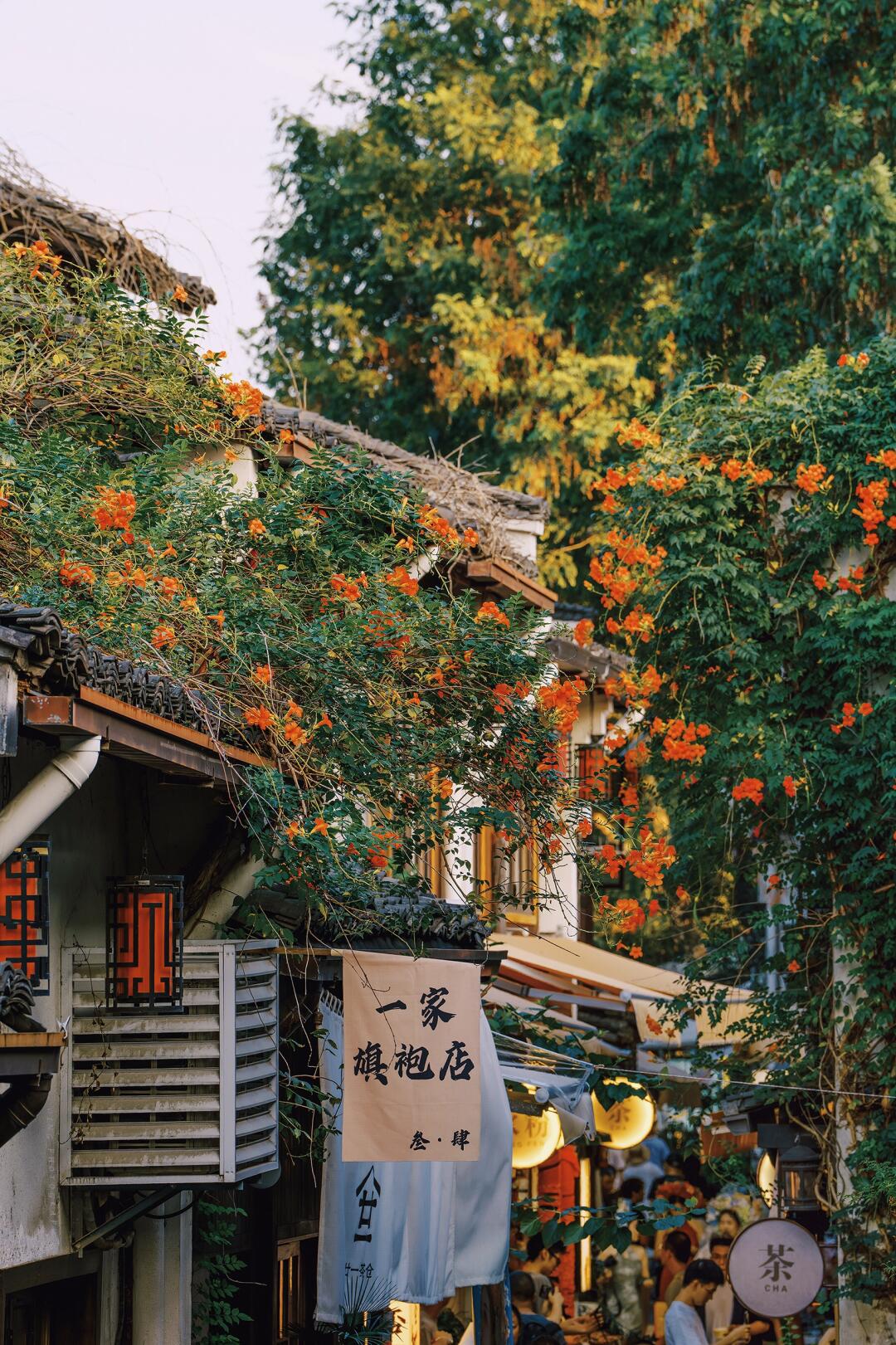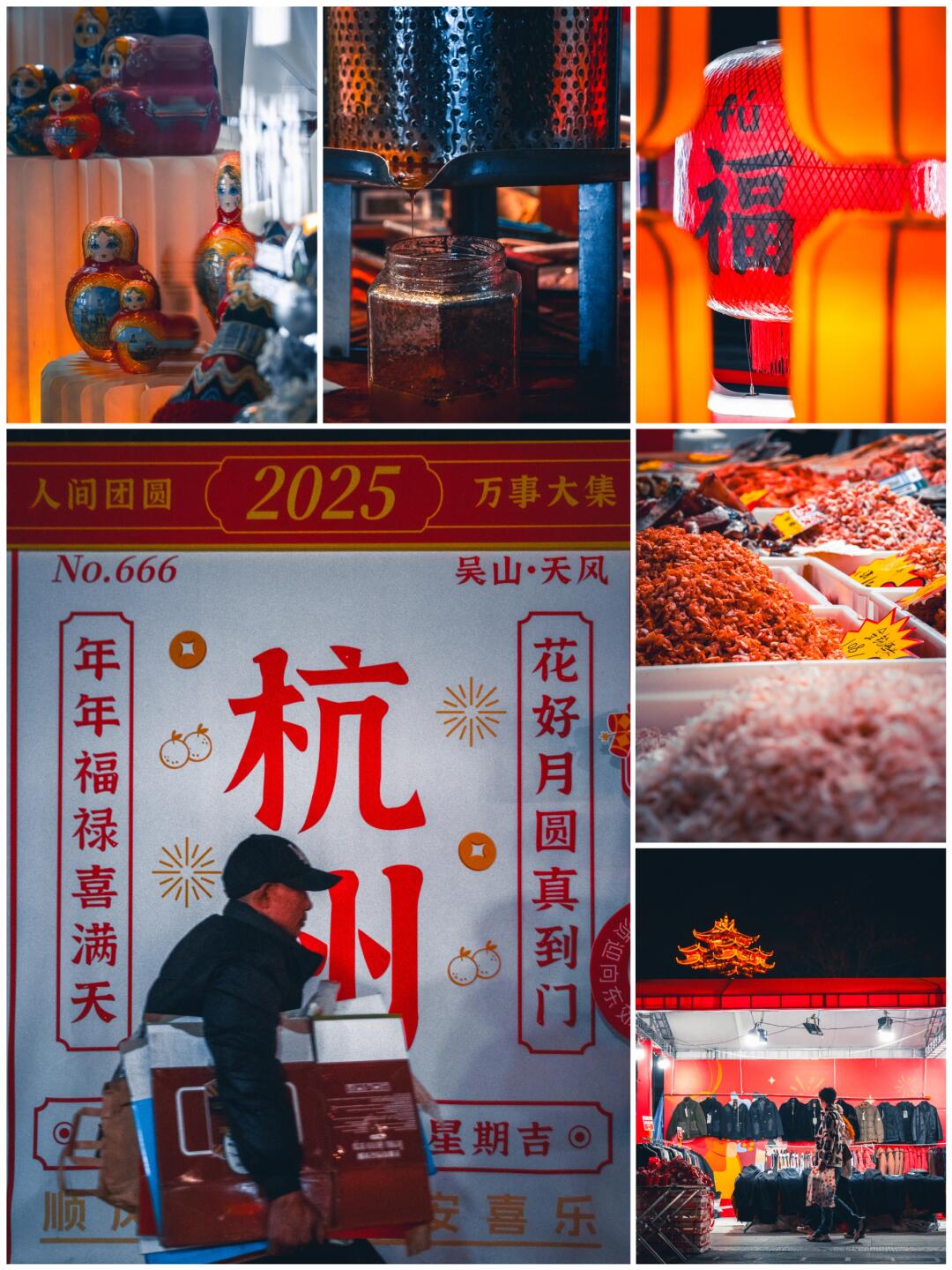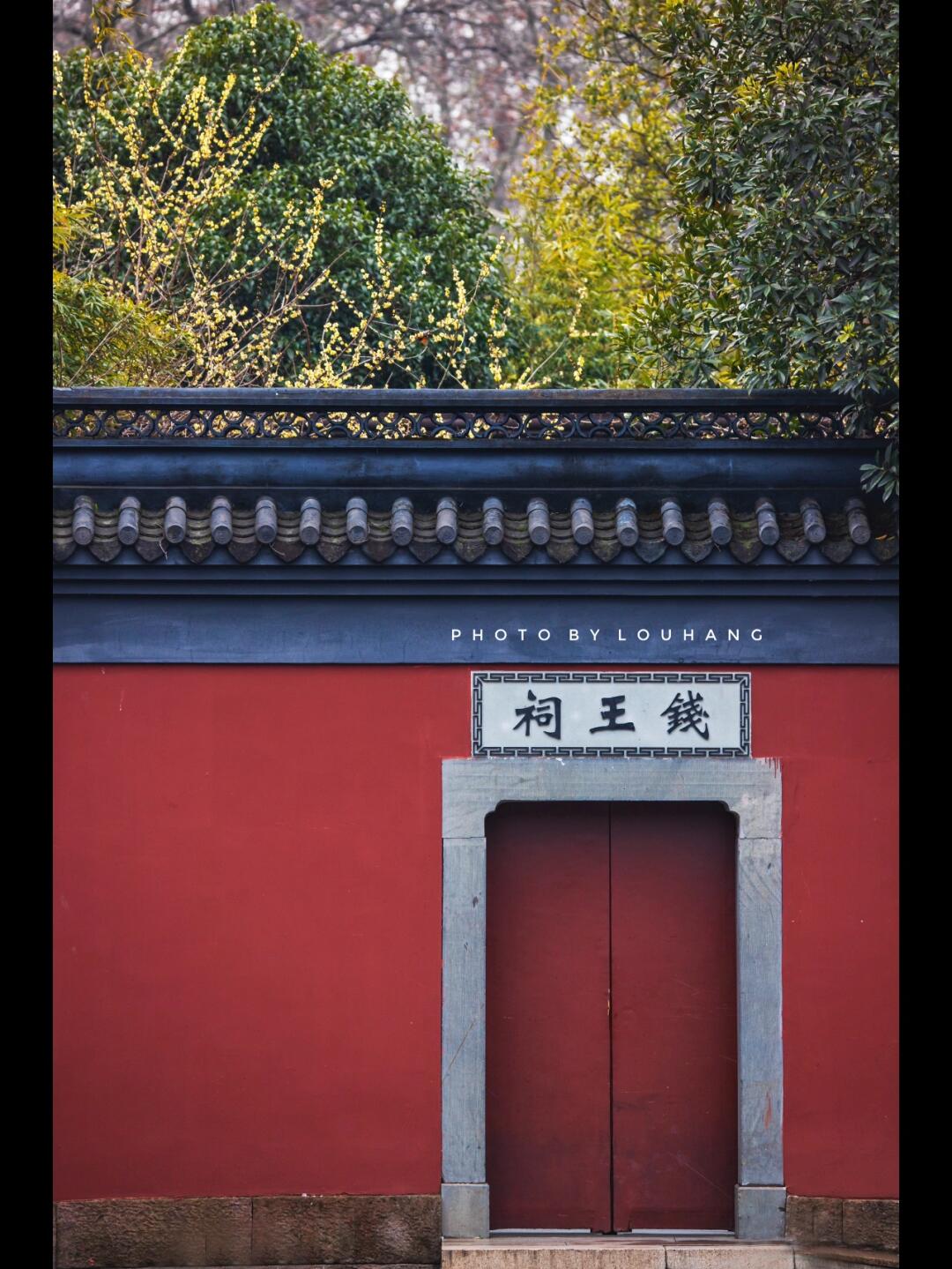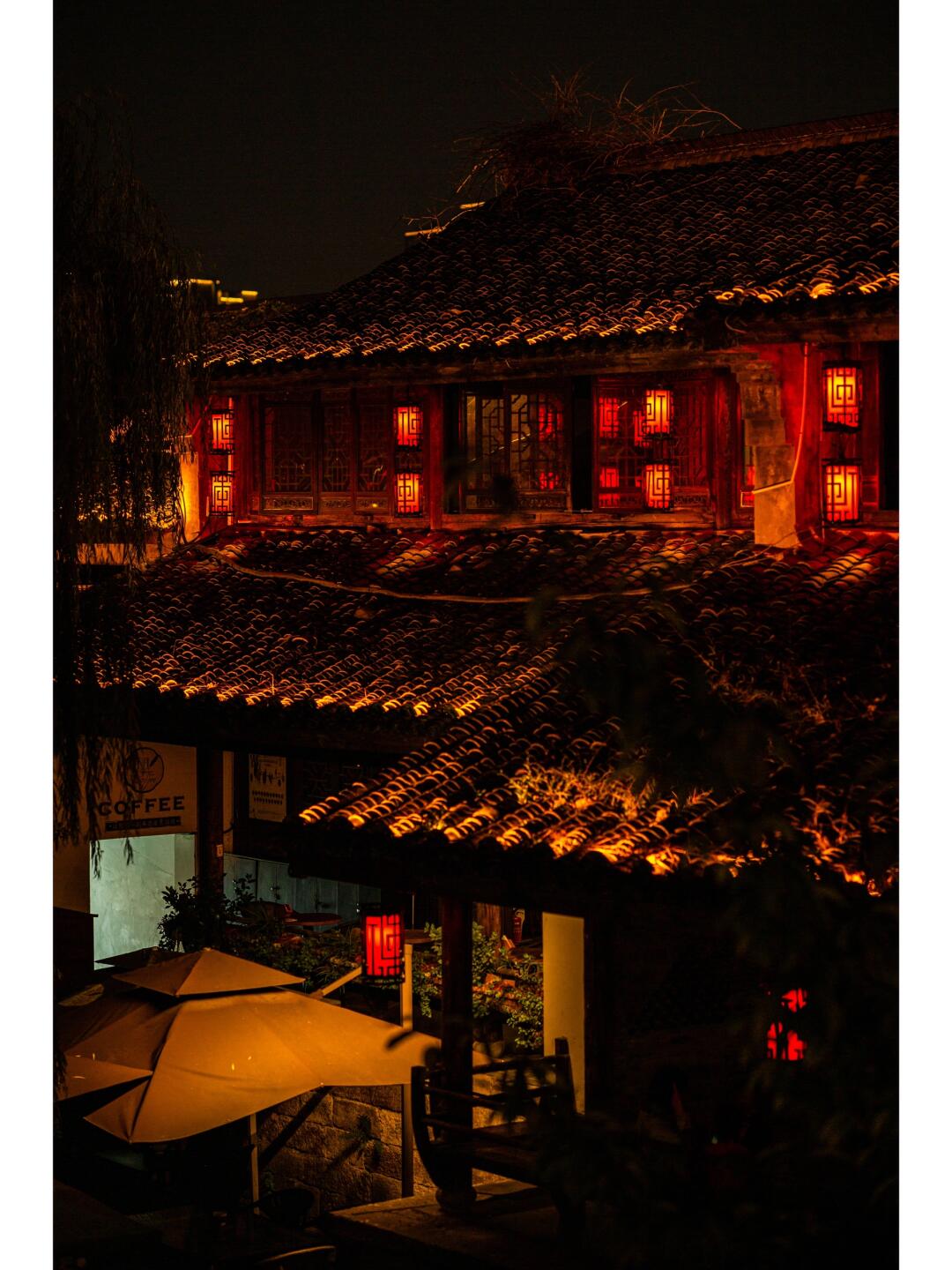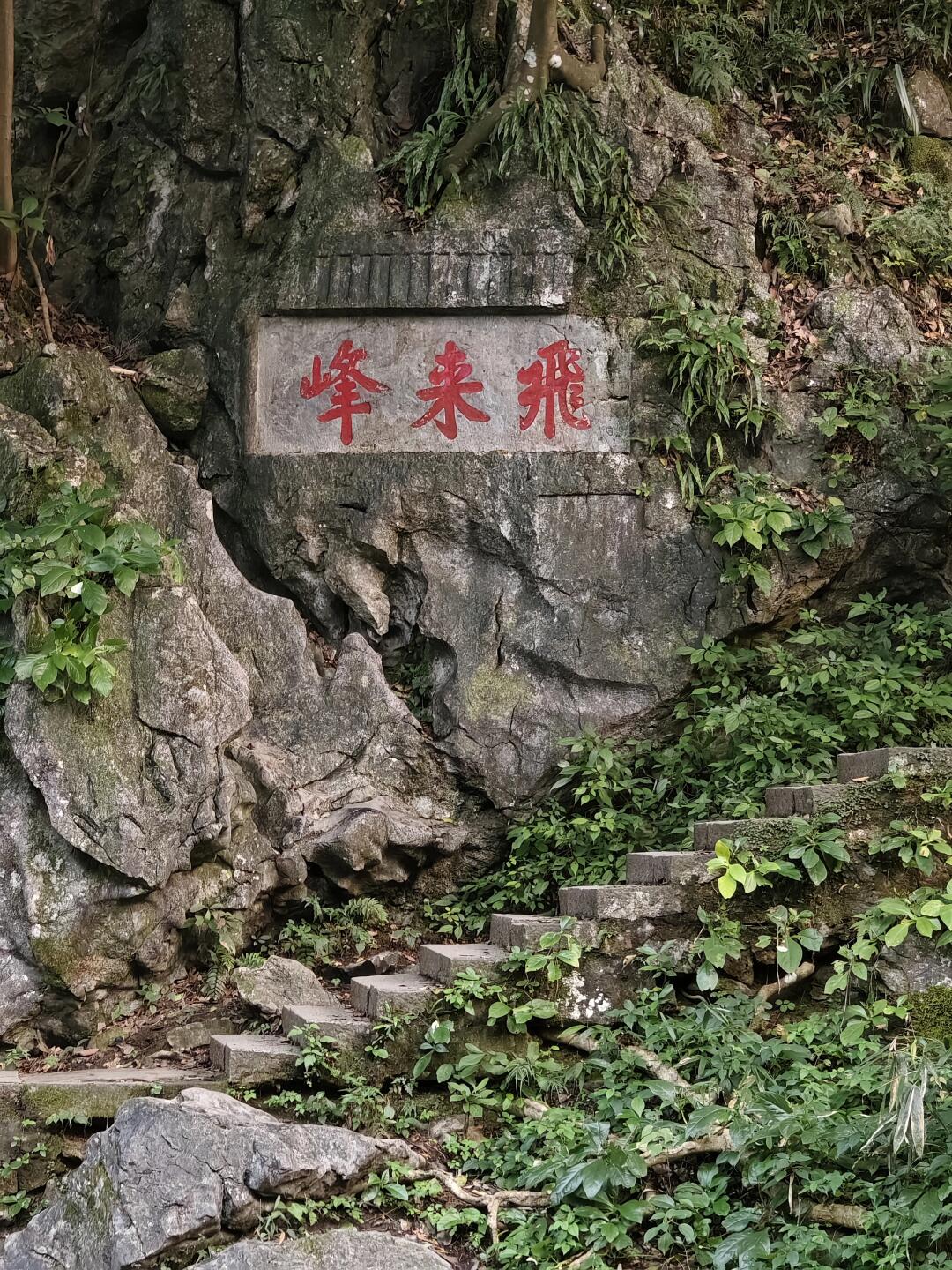

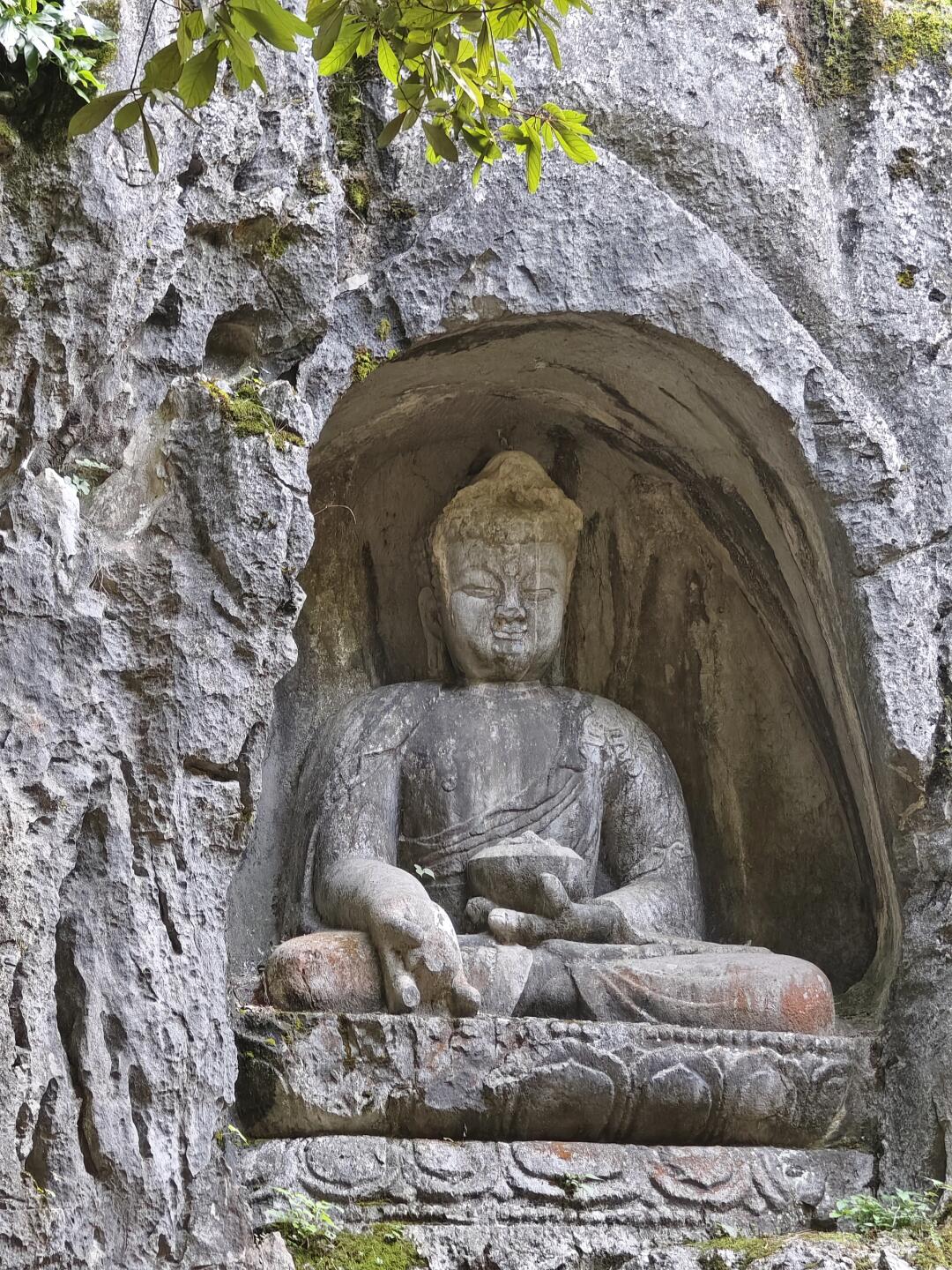
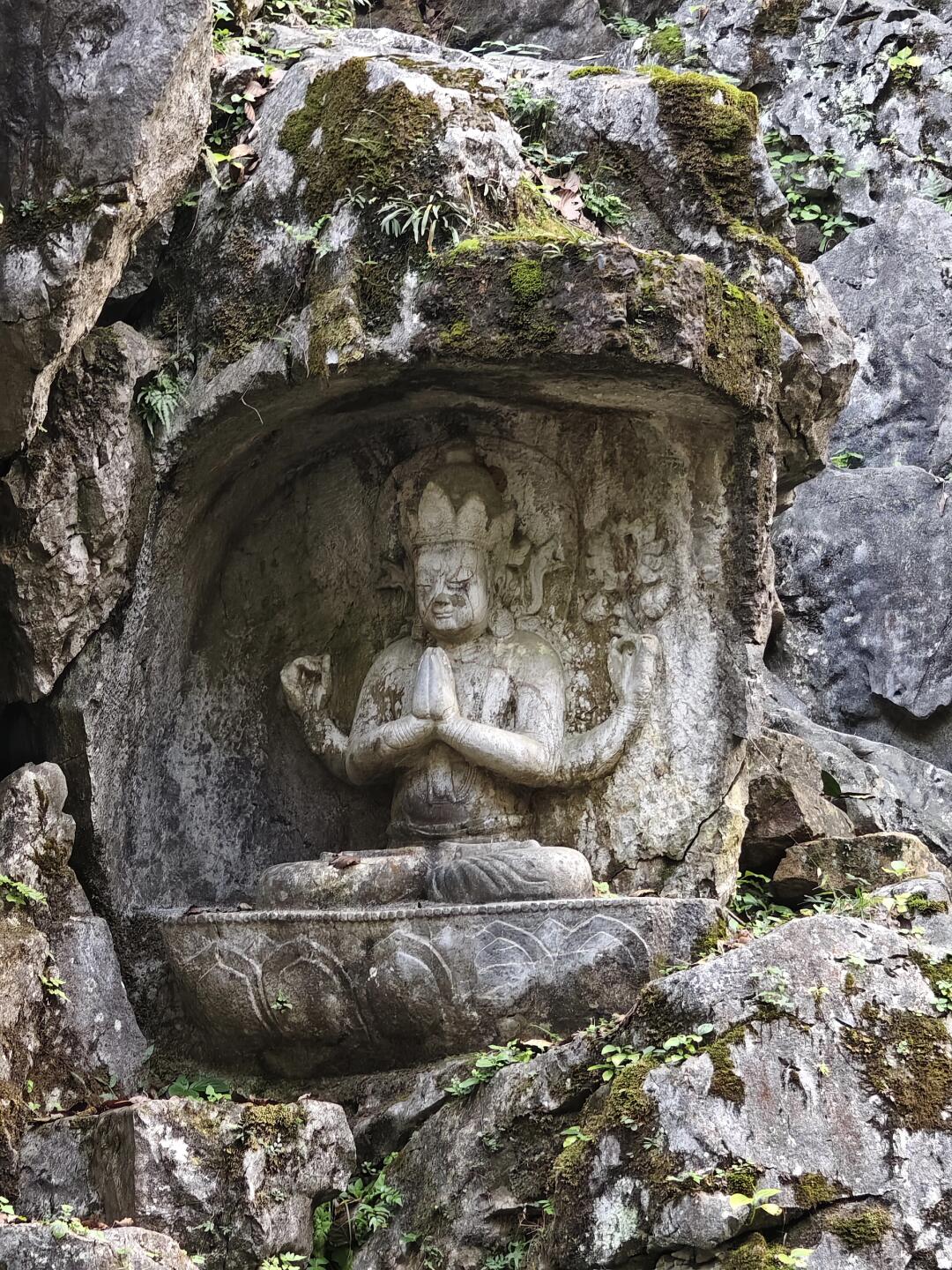
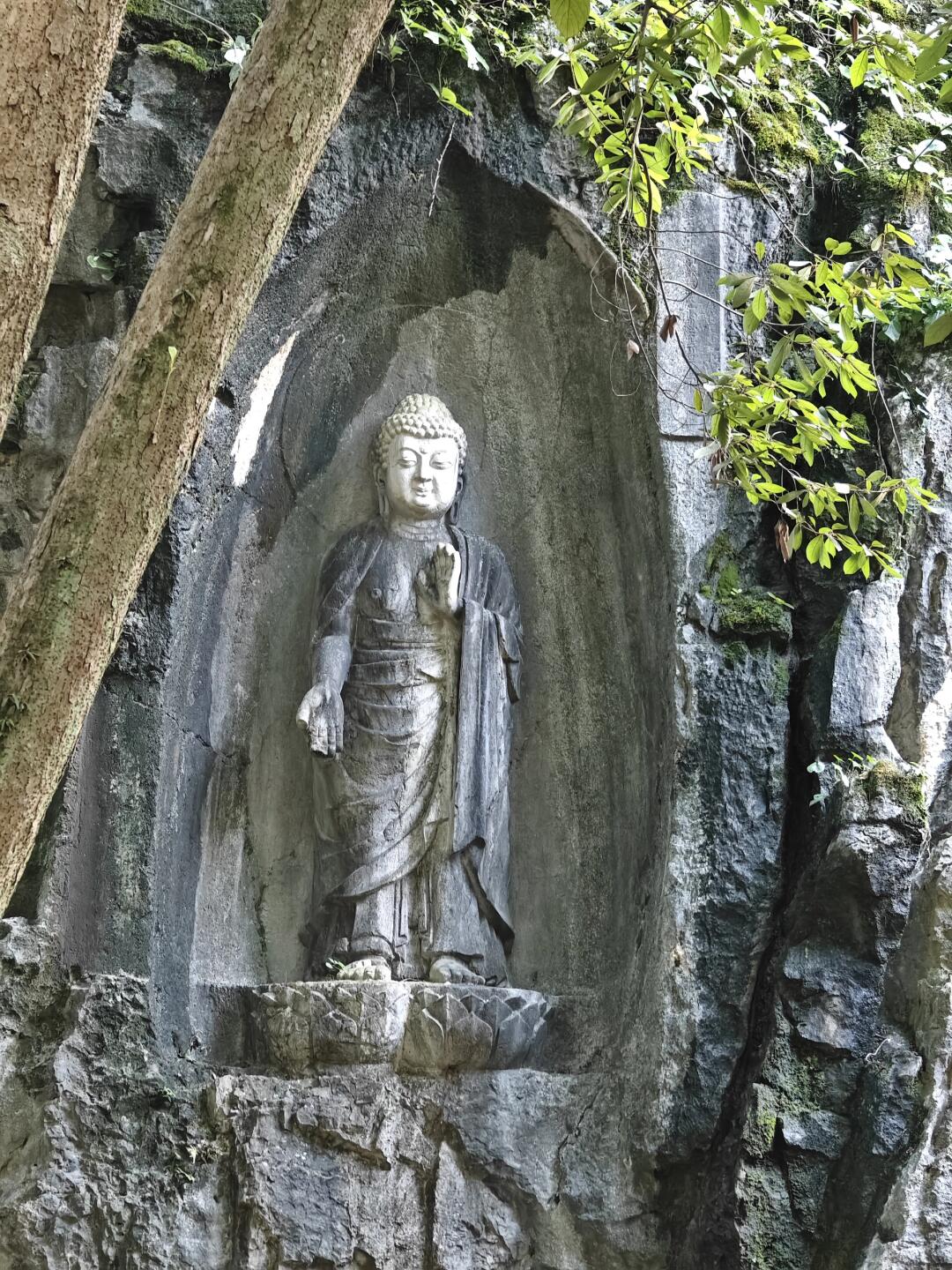
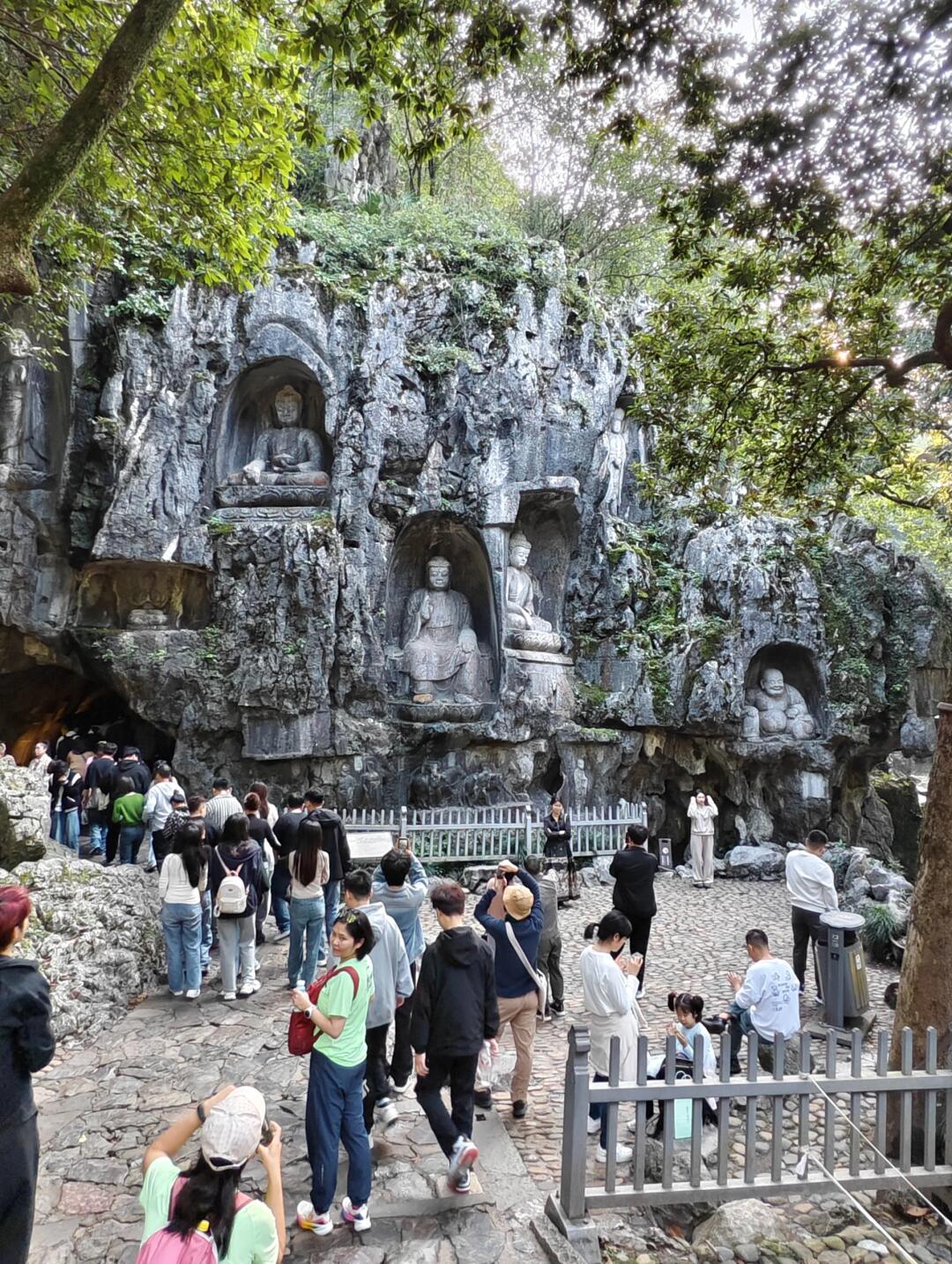
Feilai Peak
Feilai Peak, or "Peak Flown From Afar," is a limestone mountain with unique rock formations said to have magically flown to Hangzhou from India. The peak is famous for its collection of ancient Buddhist stone carvings and grottoes dating back to the 10th century, featuring over 300 Buddhist statues intricately carved into the natural rock face.
Information
Ticket price
Time
Location
Lingyin Rd, Xihu District, Hangzhou, Zhejiang, China
View maps
More about the trip
Feilai Peak: Hangzhou's Mystical Buddhist Grottoes
Feilai Peak, or "Peak Flown From Afar," is a limestone mountain with unique rock formations located near Lingyin Temple in Hangzhou. Legend has it that the peak magically flew to Hangzhou from India, hence its name. The peak is famous for its collection of ancient Buddhist stone carvings and grottoes dating back to the 10th century, featuring over 300 Buddhist statues intricately carved into the natural rock face. It offers a fascinating blend of natural beauty, religious art, and historical significance.
What to See and Do
Buddhist Stone Carvings: Explore the numerous grottoes and caves adorned with intricate Buddhist carvings. These include statues of Buddhas, Bodhisattvas, and Arhats, many of which are well-preserved and showcase the artistic styles of various dynasties.
Laughing Buddha (Maitreya): One of the most famous carvings is the large, smiling statue of the Laughing Buddha, often surrounded by smaller figures. It's a popular spot for photos.
Lingyin Temple: Feilai Peak is located directly opposite Lingyin Temple, one of China's most important Buddhist monasteries. Your ticket to Feilai Peak usually includes access to the area around Lingyin Temple, but the temple itself requires a separate entrance fee.
Unique Rock Formations: Admire the unusual shapes and formations of the limestone peak, which contribute to its mystical aura.
Hiking and Exploration: Wander through the paths that wind around the peak, exploring the various caves and enjoying the lush greenery.
Photography: The unique blend of natural rock formations and ancient Buddhist art provides excellent opportunities for stunning photographs.
Best Time to Visit
Spring and autumn offer the most pleasant weather for exploring. The peak is beautiful year-round. Weekdays are generally less crowded than weekends and public holidays. Arrive early to avoid crowds, especially at popular viewing spots.
How to Get There
Feilai Peak is located in Xihu District, Hangzhou, near Lingyin Temple. You can take various bus routes (e.g., Y2, 7, 807) to Lingyin Temple Station (灵隐寺站). The entrance to Feilai Peak is near the bus stop.
Travel Tips
Wear comfortable shoes: You'll be doing a lot of walking and climbing steps.
Dress modestly: As a religious site, it's respectful to dress modestly, covering shoulders and knees.
Allow ample time: Plan for at least 1.5 to 2 hours to explore Feilai Peak, and more if you combine it with Lingyin Temple.
Sun protection: Bring a hat, sunglasses, and sunscreen for outdoor areas.


